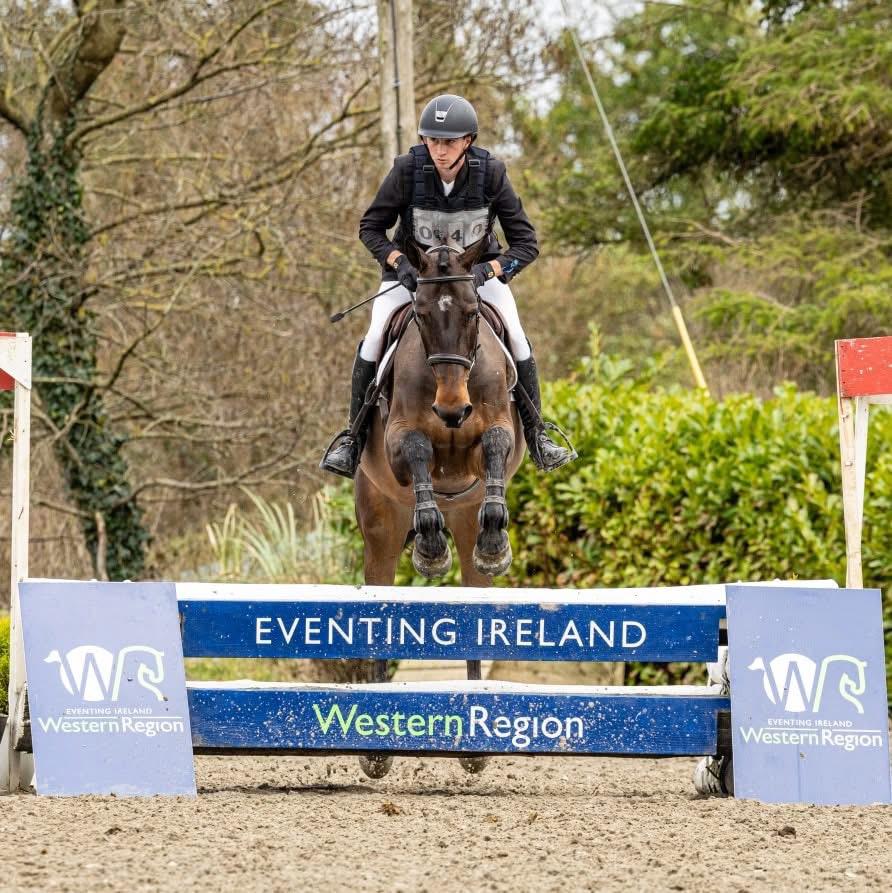One of the really fun things about being an equestrian journalist is the opportunity to pick up side hustles. For me, that’s ended up being agent work: I make the most of all my contacts within the sport to help motivated buyers find their dream horses. Today, I’m preparing for a weeklong trip around Europe with a rider and friend from the US on one of these exact trips, and it’s got me all in my feelings about my own previous experiences trying to find my dream horses (on much, much slimmer budgets – I bought my first horse with coins I’d collected in a Folgers can!). In this excerpt from his book Know Better to Do Better, horseman Denny Emerson gets frank about horse shopping with your head on straight – and I think it’s something we could all do with reminding ourselves of the next time we whip out our chequebooks.

Photo courtesy of Denny Emerson.
There are thousands of horses and ponies out there, all over the world, and many of them are for sale. There are thousands of potential buyers. There are numerous methods of putting these horse buyers in contact with the horse sellers, the internet being the big game in town. There’s also word of mouth, and there’s print advertising, but whatever the method, at some point, some of the shoppers actually find themselves in the physical presence of some of the animals that are for sale.
There are two very broad, often overlapping methods of thinking that describe the horse-shopping experience, which I will call “Rational Thinking” and “Fairy Tale Thinking”: RT and FTT. Most of us use both. Even the most hard-bitten, cynical, “been there, done that,” curmudgeonly old pessimist will find something to hope for in the occasional horse. Even the most Black Beauty-ized, dream-struck, “I love his cute little ears” fantasizer doesn’t fall in immediate love with every horse. But if you use a 1–to–10 scale on people, with 1 being the straight realist and the 10 the total dreamer, it might be a useful exercise to try to figure out where you might fit on this hypothetical scale.
Why? Because buying the right horse brings great satisfaction and joy, and buying the wrong one brings just as much dissatisfaction and distress, and even though choosing wisely can still lead to mistakes, choosing foolishly is more likely to turn out badly. If you know, deep in your heart, that you are an 8, 9, or 10, prone to gasp in delight at a glorious forelock, hiding two bright brown eyes, and overlooking the crooked left pastern, you might want to get a “3” friend to go with you. Even more important, sit down with that “3” friend, someone who knows you pretty well, and do the single best thing you can: write a list. That list can contain “wishful” items and practical ones.
One of the most important questions to struggle with before you get started on your list will also be the hardest question to face honestly: “How competent a rider and trainer am I?”
Another hard question to answer honestly is: “What are my goals with this horse?”
If you fake the answers to these two questions, God help you, because nobody else can.
Example: You are at this point in your riding (which you refuse to face) an inexperienced rider who lacks stability, hasn’t done much jumping, hasn’t spent long hours hanging around barns and warm-up rings, so doesn’t know much about horsemanship, and isn’t very physically fit. Every one of these facts about you can be remedied, but they have not been addressed yet.
But you fantasize that you want a horse that can jump 3 feet 8 inches, and allow you to compete at the Preliminary Level of eventing. He must be a splendid mover, have a great gallop, and be beautiful and “electric” in dressage. Your goals are not in sync with your riding capabilities. Not yet. And if you buy a horse that’s too far above your capabilities who won’t let you fumble around and make all kinds of mistakes while you gradually become a better rider, you may get scared or discouraged or injured, or all of the above, so that you may never become the rider that the right horse for you, at this time, might have allowed.
So make a list of the things in this new horse that you actually need, instead of the things that you want. Obviously, if you are multiple gold-medalist Michael Jung making the list, or some other great rider, the qualities you want are also those that you need, but that’s not the case for most horse shoppers. So try to list those things that you need—in reality, for this particular stage of your riding—knowing that in a few years, or less, you may need something very different.
Or not.
This excerpt from Know Better to Do Better by Denny Emerson is printed with permission from Trafalgar Square Books (www.HorseandRiderBooks.com).




















